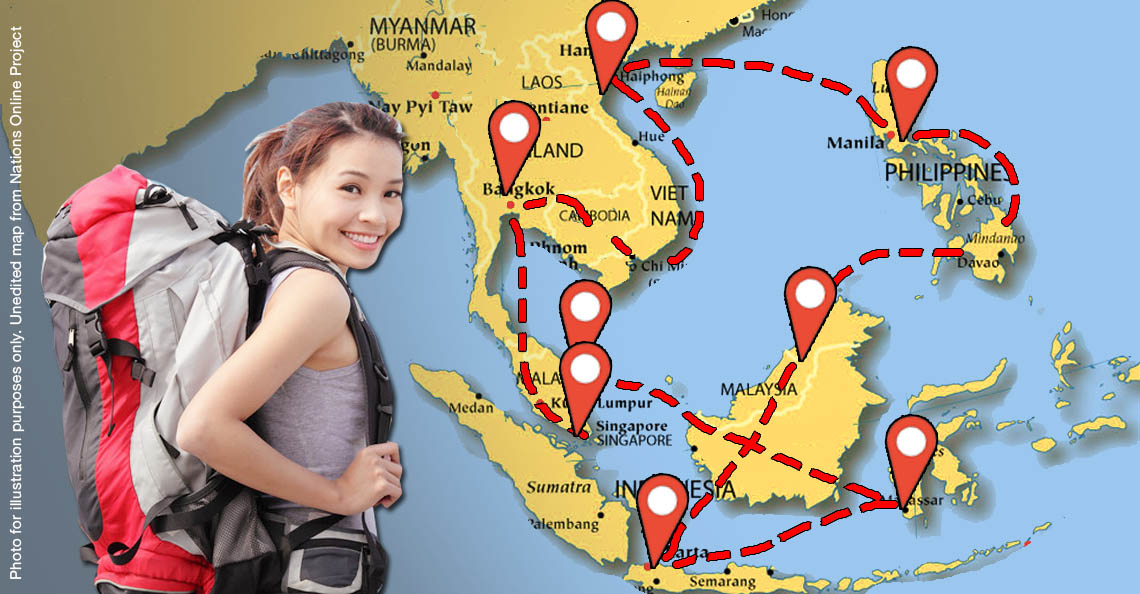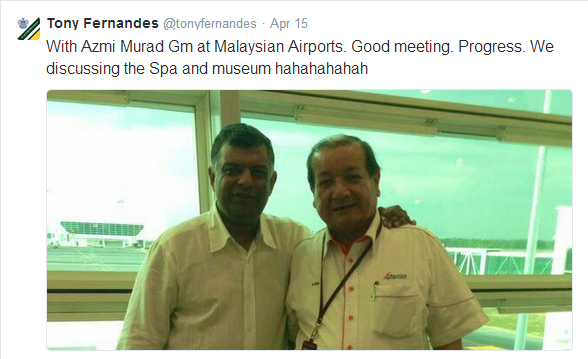What crazy efforts go into preparing a meal above 35,000ft? We ask AirAsia :D
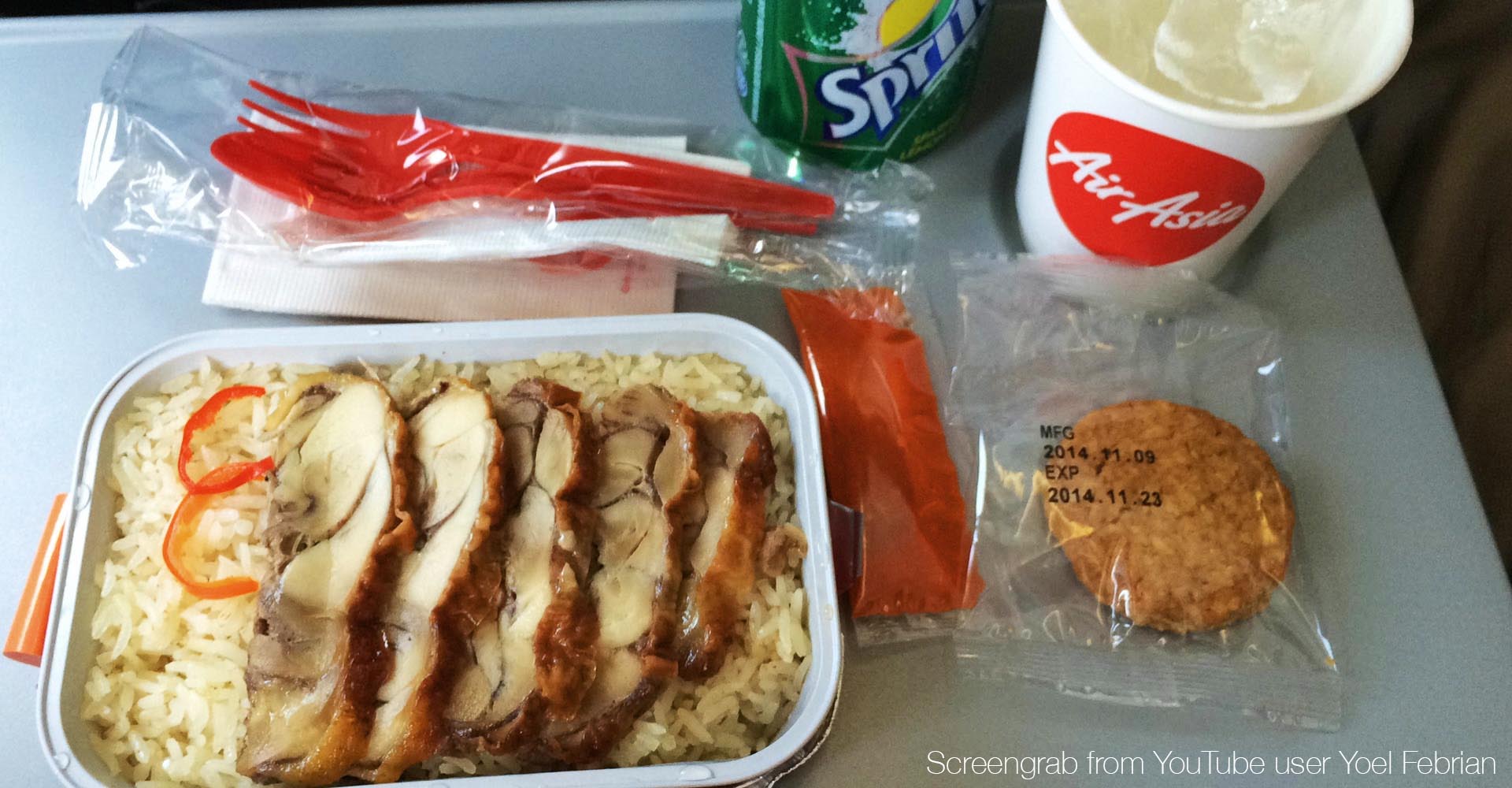
- 6.1KShares
- Facebook5.7K
- Twitter29
- LinkedIn66
- Email106
- WhatsApp185
Let’s be honest… when we travel, airplane food isn’t the thing most of us look forward to the most. Unless you’re swimming in cash and flying first/business class, most of the time your food comes in a tin foil box that looks sadder than your teenage breakup, as if to give a big Fork You to the culinary world.
But we have to admit one thing. Our friends at AirAsia has always been known for its in-flight meals. And we’re not just saying that because we worked with them for this story! Just ask frequent travellers and they’ll be able to tell you about Pak Nasser’s Nasi Lemak or Uncle Chin’s Chicken Rice.

Many people may not have realised this, but in 2015, AirAsia introduced ‘Santan‘ – an exclusive in-flight menu that serves 10 delicious dishes (15 dishes for pre-booking online) at any flight, regardless which route they’re on. It’s sorta like a restaurant from which you can order food from… except you’re doing that while soaring through the skies.
To be honest, that’s pretty extensive for any airline, what more a low-cost one like AirAsia. In fact, most airlines make it easy by offering passengers a choice of fish, chicken or vegetarian meals… and passengers may not even know what style they’d be cooked in!
So how does AirAsia come up and maintain something as adventurous as Santan? We sat down with Chef Calvin Soo, AirAsia’s Resident Chef and Regional Manager for Inflight F&B to kepoh about how they take their food to new heights.
1. They reverse engineer food from travelling trips
If you notice, Santan’s menu is pretty focused on Asian food. ASEAN in particular. Apart from some Malaysian staples, there are also dishes like Basil Chicken (Thailand), Chicken Adobo ala Mariles (Philipinnes Phillipines Philippines), Laccha Paratha (India), Japchae (Korea), Duck à l’Orange (eh wait this is Mat Salleh) among many others. There are actually a total of 90 different dishes across all AirAsia routes! But different routes have a different selection of meals la.
So how do they even come up with these dishes? The 29-year-old chef tells us that they frequently travel across the region to jalan-jalan cari makan. (!!!)

Take for example their latest addition, the Thai Green Curry dish – the team actually went all around Thailand to try various Thai Green Curry dishes in local stalls and restaurants to try to understand the ingredients used whilst learning how locals prepare the dish so well.
“Some of them have special recipes. We try to decipher them [when we eat] and try to redevelop them while we’re back at home. We’ll try to make it as close as possible to what we tried in Thailand.” – Chef Calvin Soo
That sounds incredibly fun, but it’s also a lot of hard work. How much you ask?
2. It actually takes them A YEAR to create a dish

The entire process is actually a lot more complex than just deciding, “Oh we haven’t done Kangkung Belacan, let’s do it next month.” Just doesn’t work that way, yo. In fact, the considerations are verrrry extensive! No leafy vegetables cos they’re weaklings that can’t stand the chilling and re-heating. Karipaps can’t be too flaky or crumbly or not the flight attendants will need more clean-up time.
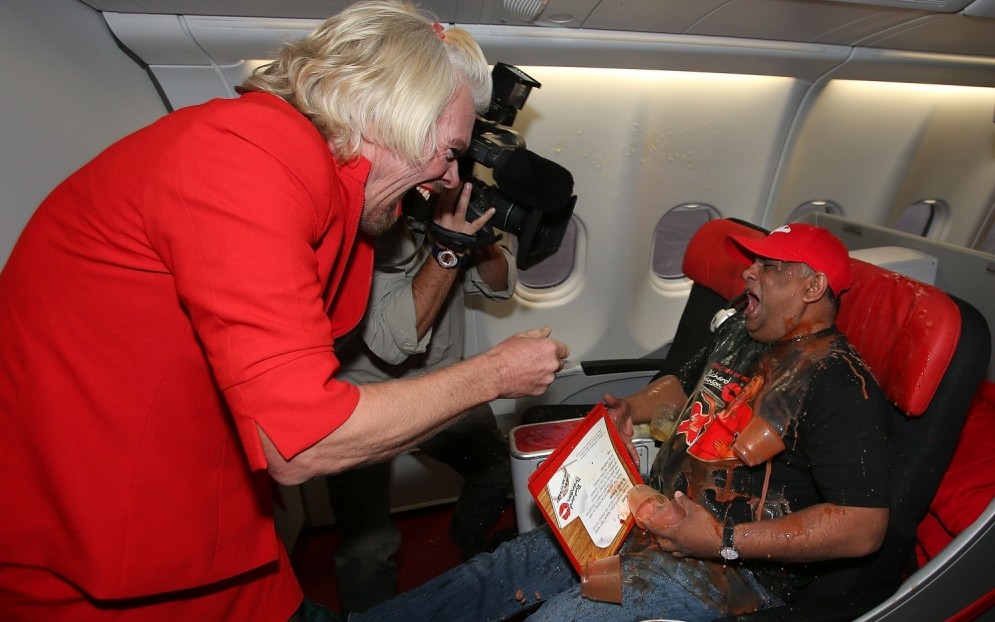
“From knowing which meal to develop to getting our suppliers to manufacture and till we load the meals on board, it takes us about a year.
In fact, the approval process itself takes about 4 months because they need to get everyone to try it.” – Chef Calvin
4 months… for… TESTING?
Turns out, they actually get ‘food testers’ from various backgrounds (e.g. Chinese, Malay, Indian) to ensure that they get a wide horizon of taste preferences for them to adjust the ‘taste profile’ (atas word for ‘flavour’ we think). Sometimes, big guns like Tony Fernandes and Aireen Omar also end up tasting these dishes. Other than on-ground tests, they also hop on their longest flights to test the dishes in the air.
So yiddi-yadda-yodda, it takes several rounds of testing and adjusting before it reaches ~gourmet perfection~. And considering Santan updates its menu every three months, the makan team will always be on their feet to craft new dishes.
3. Normal food would actually taste bland 35,000 feet above the air
Remember when we said they test their food on-ground and in the air? That’s because we typically lose 30% – 50% of our ability to taste when we fly! Science has shown that the ‘artificial atmosphere’ in planes have a BIG part to play in why some of our airline meals taste like cardboard.

“Even before a plane takes off, the atmosphere inside the cabin dries out the nose.
[T]he change in air pressure numbs about a third of the taste buds, and at 35,000 feet with cabin humidity levels kept low by design to reduce the risk of fuselage corrosion, xerostomia or cotton mouth sets in.” – Hugh Pickens, Physicist
In English, it basically means, your taste buds while flying is as inefficient as your taste buds while having a flu. It’s actually very challenging to get food or drinks to taste good in this state, which is why airlines need to find the right formula to truly bring out the flavours in their dishes.
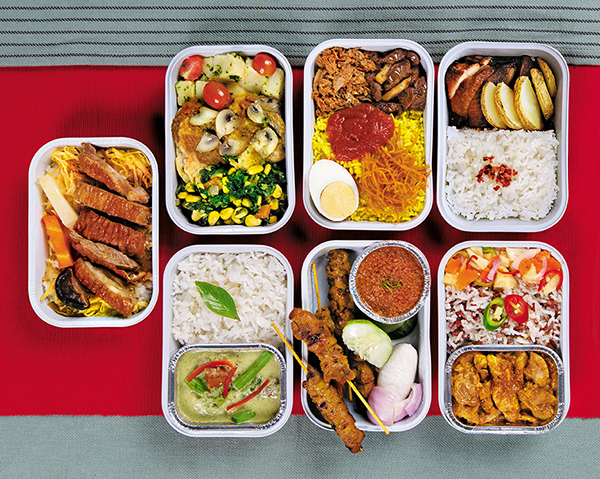
“We need to intensify the taste profile when we cook. If it’s a basic recipe, we either add more spice or increase the paste content.
Take Thai Green Curry for example. Normally we’d use about 100gm of the paste, but to make it tasty on air, we increase it to 150gm – 200gm. We increase all other stuff like onions, garlic, cumin, coriander powder…” – Chef Calvin
That’s actually also why airlines offer really strong-bodied wines instead of something light, ’cause it would just taste like flavoured water. Not sure if it’ll affect the mabukness tho.
Since he eats airline food for a living, Chef Calvin gives us a simple tip to fully enjoy eating onboard: HYDRATE YO’SELF. “If you don’t drink enough water, you’ll feel very dehydrated,” he says. “Load up on some water so your taste profile would be clearer.”
4. Preparing a dish is like being in the military
Now that a dish has been approved, it’s time for processing. AirAsia’s in-flight team would first decide on the number of meals to prepare before getting their suppliers to cook them up. Then, the food gets delivered to their kitchen in Sepang.
What’s the process like? Very strict, Calvin tells us. Kinda reminds us of being in the military.

The kitchen starts cooking at 3.00am, and by 6:00am, the cooked food get blast chilled for approximately 2 hours, bringing down the temperature to 2°C – 4°C. Then, they get assembled into their boxes according to weight, and garnished according to the listed specification and reference photos. After that, they get blast chilled again and kept in the walk-in chiller.
By about 11:00am, these boxes will be sent to the AirAsia warehouse in Sepang, and the in-flight team would then load them into the plane.

But it doesn’t end there.
On air, flight attendants have to heat the meals in an aircraft oven for 15 minutes on the dot. This ensures that the food becomes hot enough for consumption, but not dry or overcooked at the same time.
5. They have limited number of meals to bring onboard (and it’s also less value-for-money)
While most traditional airlines would load up food according to the number of people on board, AirAsia does it differently. Because it’s low-cost, food isn’t automatically included in flight tickets. Therefore, other than bringing up pre-ordered food, they also bring up an agakration number of extra boxes for passengers who decide to order something off the Santan menu.
But the problem is, stocks are limited so people may end up without the dish they want. Or worse case, without any dish at all!

“Our meal planners study the characteristics of people flying as well as consumer trends. It also depends on the routes.
To put it simply, let’s say if it’s a route to China, we’ll load more Chicken Rice and less of Nasi Lemak. Or if it’s a route from India, we’ll load more Butter Masala Chicken Biryani and less of Chicken Rice.” – Chef Calvin
Regardless, there is a minimum amount of meals that get load up onto each flight. But they also do ‘double-catering’, where the crew would load up the planes in Kuala Lumpur with meals enough for a return flight.
To be perfectly honest, it’s actually less value-for-money if you were to buy it on board. For a set which includes a meal AND a drink (coffee/soda/water), you’ll only pay RM10 (AK flights by AirAsia) or RM15 (D7 flights by AirAsiaX) if you pre-book it online.
But if you were to buy it on-board? It could cost you double! A meal would cost RM15… drinks on the other hand can set you back for another RM5 or so. That’s why our friends at AirAsia have been pulling their hairs out of their head trying to get people to take advantage of the pre-booking prices. But price isn’t the only reason why…
6. They have to throw away all uneaten food at the end of the day 
What happens to extra food that doesn’t get sold within the day?
“Quality assurance is quite strict here. Airline food has a very stringent control, safety and hygiene process… That’s why the unsold meals will have to be disposed off completely.
Once the meal goes up and returns to our warehouse, it wouldn’t be at the chilled temperature anymore as the cold chain (a series of temperature-controlled conditions) cannot be maintained. Plus the meals would have gone through too much handling, and by then, it wouldn’t be fit for consumption anymore.” – Chef Calvin

What a waste! But actually it’s really important to follow these rules, as food poisoning is a massive threat to any business, what more an airline. In 1984, nearly 1,000 passengers and staff on a British airline suffered Salmonella poisoning and almost resulted in the airline saying goodbye to their day-to-day operation. So you can imagine how much considerations airlines take into ensuring their food is perfectly safe for people of different levels of stomach sensitivities while being delicious at the same time.
“So much effort goes into preparing a meal, so as a chef, it’s quite sad when I see good food go to waste,” he shares. “Because we buy in such high volumes, we’re buying from the market as well… so someone else could’ve used the ingredients for something else.”
Who knew so much work goes into a meal like this!
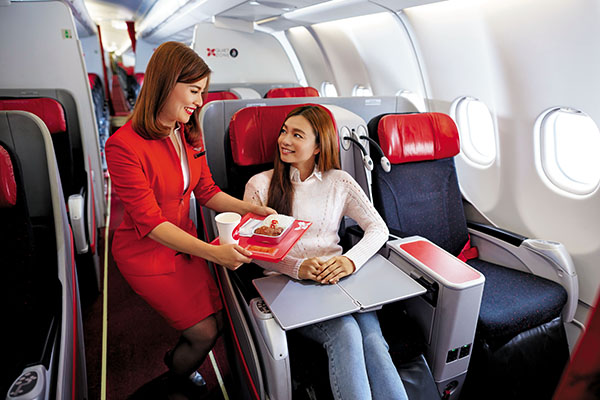
Actually right, CILISOS staff can’t even cook a simple dish without potentially burning down our kitchen, so it’s pretty impressive to learn just how much work goes into a box of Thai Green Curry at 35,000ft. (We’re n00b la. Chef Calvin come help us plz)
So the next time you’re on an AirAsia flight and digging into your hot and creamy chicken curry, remember the people at Santan worked a whole year to make that happen…
… and be thankful none of our writers work at their kitchen 
- 6.1KShares
- Facebook5.7K
- Twitter29
- LinkedIn66
- Email106
- WhatsApp185

